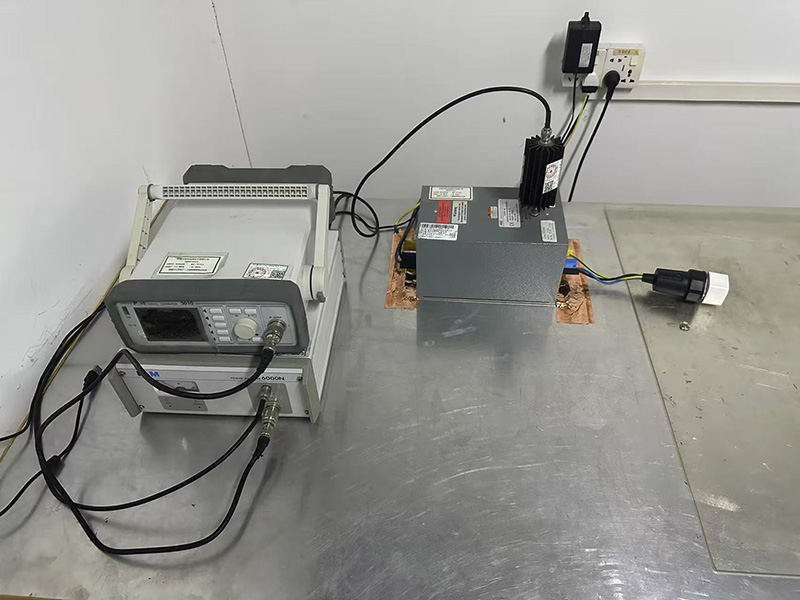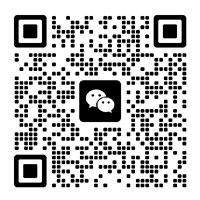Conducted immunity C/S

Details
The Conducted Immunity (Conducted immunity) test is used to evaluate the resistance of electronic devices to electromagnetic interference coupled through conductors such as power lines and signal lines. The following are the commonly used conducted immunity test standards in various fields:
1. General international standards
IEC/EN 61000-4 Series (Basic Standards) :
- IEC/EN 61000-4-6
- Test content: Immunity to conducted disturbances induced by radio frequency fields
- Frequency range: 150kHz to 80MHz (expandable to 230MHz)
- Test level: 1 to 10V (unmodulated), commonly 3V (communication port), 10V (power port)
Modulation method: 80% AM (1kHz sine wave)
- IEC/EN 61000-4-16:
- Test content: Common-mode conducted disturbance immunity (0Hz to 150kHz)
- Applicable objects: Power frequency and low-frequency sensitive equipment (such as medical equipment)
General EMC standard
-IEC /EN 61000-6-1 (Immunity to Residential/Commercial/Light Industrial Environments)
-IEC /EN 61000-6-2 (Immunity to Industrial Environments)
2. Industry-specific standards:
Automotive electronics
- ISO 11452-4:
- Test content: High Current Injection (BCI) method, replacing the conducted immunity test
- Frequency range: 1MHz to 400MHz
- Test level: 60mA to 200mA (depending on vehicle grade)
- ISO 7637-3:
Test content: Simulate the transient conducted interference of the vehicle power line
Medical equipment
- IEC 60601-1-2
- Reference standard: IEC 61000-4-6 (Conducted Radio Frequency Immunity)
- Special Requirements: Medical equipment must maintain critical functions at a 10V test level
Aerospace
- DO-160 Section 20
- Test content: Cable bundle injection (direct/coupled clamp method)
- Frequency range: 10kHz to 400MHz
Military equipment
- MIL-STD-461G CS114
Test content: Cable bundle injection (10kHz to 200MHz)
- Test level: It can reach 1V to 10V depending on the device category
4. Test Procedure (taking IEC 61000-4-6 as an example) :
1). Pretreatment: The equipment is stable under standard conditions (23±3℃, humidity 30% to 60%).
2). Calibration: Confirm the accuracy of the injected signal level (±1dB);
3). Sweep frequency test:
- Sweep with 1% step or logarithmic frequency (150kHz to 80MHz);
The dwell time at each frequency point is ≥1 second.
4). Function monitoring: Real-time check whether the device has faults such as restarting and data errors;
5). Criteria:
Grade A: Normal function (no performance degradation);
Grade B: Temporary loss of function, self-recovering;
Grade C: Manual intervention is required for recovery.

 Scan WeChat to chat
Scan WeChat to chat